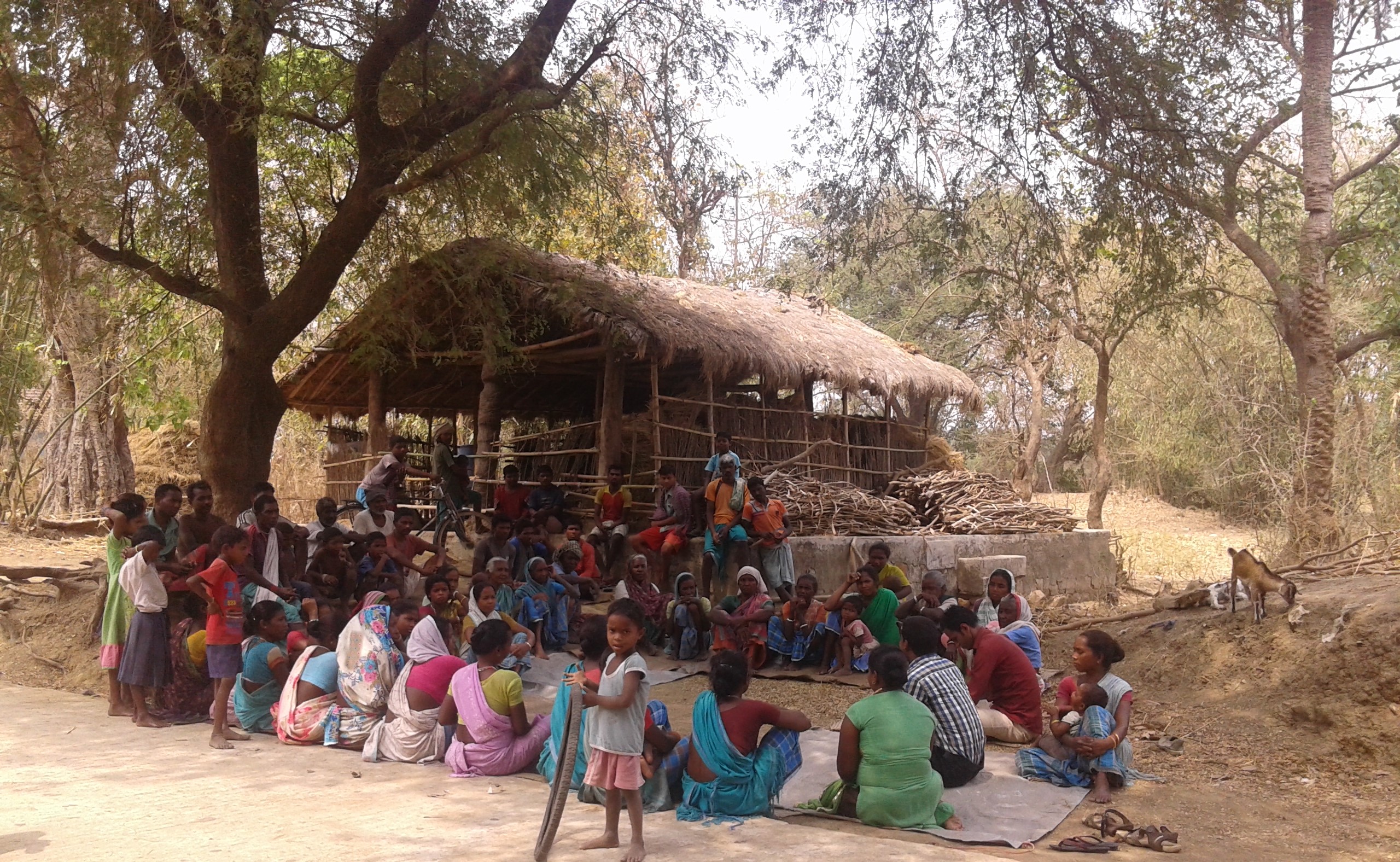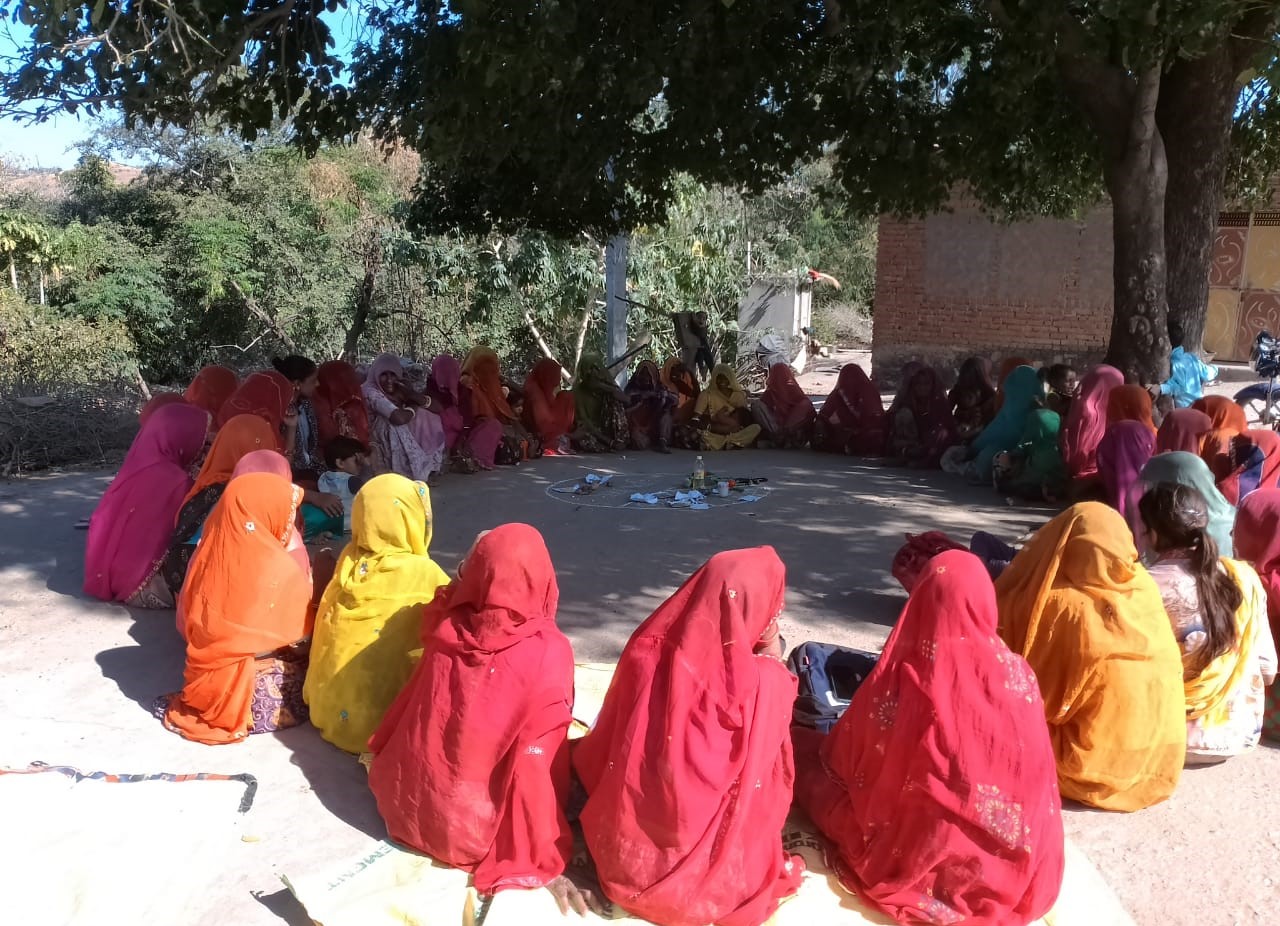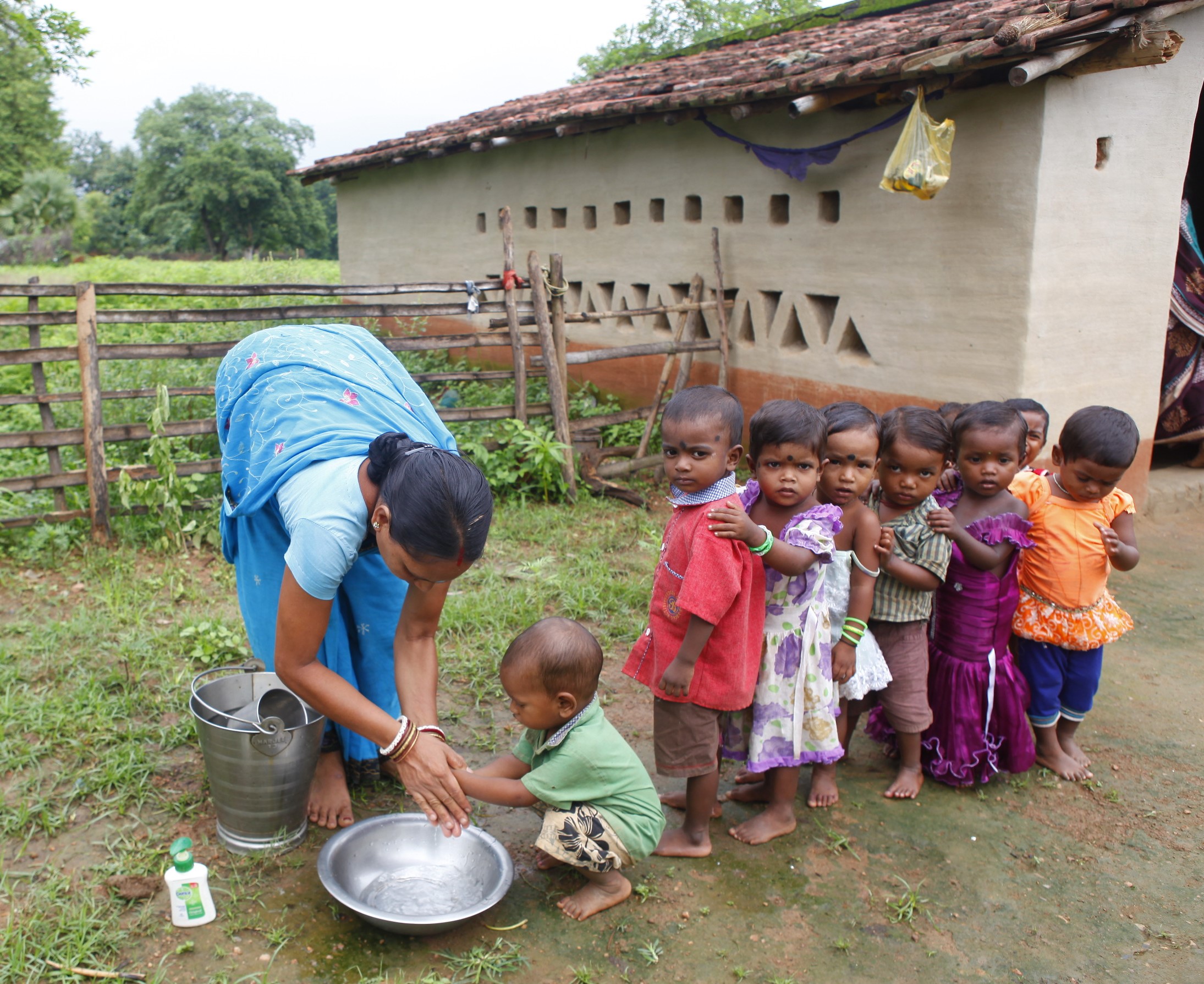Reliance Foundation, Observer Research Foundation, and the United Nations India Office have published a compilation of 17 great examples of work in India on each of the 17 Sustainable Development Goals (SDGs) - Ideas, Innovation, Implementation: India’s Journey Towards the SDGs. The United Nations in September held its General Assembly. One of the key discussions was around the Sustainable Development Goals (2015-2030) and the countries are looking at how they have performed in their halfway mark for these goals. Implementing these ideas could hasten our journey to the SDGs, and provide a strong foundation on which a post-2030 agenda might build further.

An overview of SDG 2: The ‘participatory learning and action’ approach to empowering rural communities (PLA)
Participatory Learning and Action (PLA) is a community-led approach to identifying, understanding and addressing challenges in community health and nutrition. The process involves a series of meetings where community groups are invited to engage in dialogue, gain knowledge, and make decisions that will help them take action to resolve local issues. The NGO Ekjut is supporting government to implement PLA in over 68,000 villages across five states in India.

The Enduring Quest to End Hunger and Malnutrition
Sustainable Development Goal 2 (SDG2) aims to end hunger globally by 2030. The goal is to end all forms of malnutrition, including reducing stunting and wasting among children under five years and addressing the nutritional needs of pregnant and lactating women. Ekjut (meaning ‘coming together’) is an NGO founded in 2002 with the aim of empowering rural communities to improve their health. Ekjut contributes to the achievement of SDG2 through the implementation of a capacity-building strategy known as Participatory Learning and Action (PLA) to improve the health and nutrition of tribal populations in India’s rural districts. In structured monthly meetings, community members gather as women’s or community groups to identify, prioritise and address the health and nutrition challenges they face, with help from a trained facilitator.

The PLA Approach
India is on-track to achieving only five of the 13 nutrition-related SDGs and has the largest number of undernourished people in the world (>190 million). Rural tribal communities face particularly high levels of maternal and child undernutrition: 25 per cent of women belonging to Scheduled Tribes are underweight (BMI<18.5), as are 39 per cent of children under three years. Ekjut’s programme is embedded in States where tribal communities constitute a large proportion of the population, including rural districts in the eastern states of Jharkhand and Odisha.

The Road Ahead
Ekjut’s experiences and the evidence generated with partners suggest that improvements in maternal and child nutrition are more likely to happen when community capacity-building approaches such as PLA are coupled with nutrition-centric service delivery initiatives such as crèche facilities or the provision of hot cooked meals. One important future direction will therefore be to further mobilise resources—including from philanthropists—to scale up crèche facilities for children in underserved areas. From a systems perspective, Ekjut has found that direct service delivery initiatives (e.g. providing hot cooked meals) often appear challenging at first because they involve interdepartmental collaboration and high costs, and raise concerns about sustainability.
Ekjut’s evolving PLA programme for maternal and child nutrition is a lighthouse project as it demonstrates how long-term engagement of stakeholder coalitions that include women’s groups, the wider communities they belong to, frontline service providers, government partners, philanthropists and academic researchers can bring about positive change.
To read further, download the book now: https://reliancefoundation.org/sdgs_publication